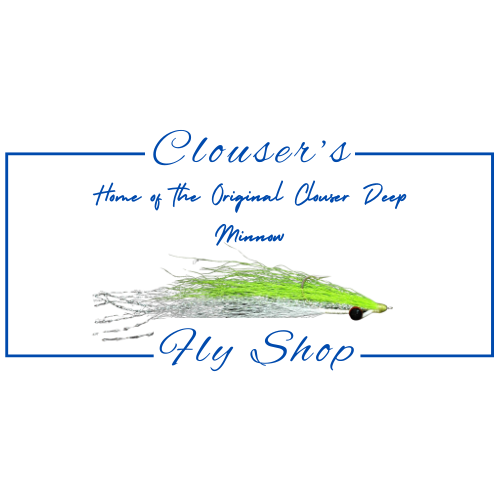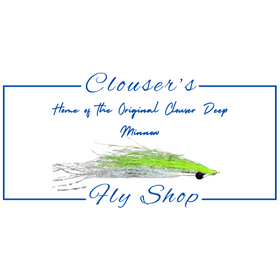Flies
In the realm of fly fishing, the adage "every fly for every appetite" encapsulates the essence of effective angling. The selection of the appropriate fly is crucial, as it directly influences the likelihood of attracting fish. Various species exhibit distinct feeding behaviors and preferences, necessitating a diverse array of flies to cater to these differences.
Research indicates that fish are more likely to strike when presented with a fly that closely mimics their natural prey. For instance, studies have shown that matching the hatch—selecting flies that resemble the insects currently available in the water—can increase catch rates by as much as 50%. This principle underscores the importance of understanding the local ecosystem and the specific dietary habits of target species.
Moreover, the material and design of the fly play significant roles in its effectiveness. Flies such as the Clouser Deep Minnow are designed to imitate baitfish, utilizing weighted features to achieve the desired depth and movement in the water. Similarly, the Clouser Furry Foam Crayfish is crafted to replicate the appearance and behavior of crayfish, a common food source for many freshwater fish. The use of high-quality materials ensures durability and enhances the fly's performance in various fishing conditions.
It is also essential to consider the environmental factors that may influence fish behavior. Water temperature, clarity, and current speed can all affect feeding patterns. For example, warmer water temperatures may increase fish metabolism, leading to more aggressive feeding. Conversely, in colder conditions, fish may become lethargic and less likely to pursue prey. Understanding these dynamics allows anglers to make informed decisions regarding fly selection and presentation techniques.
In conclusion, the phrase "every fly for every appetite" serves as a reminder of the complexity and nuance involved in fly fishing. By employing a strategic approach to fly selection, anglers can significantly enhance their chances of success on the water. The combination of knowledge about local species, environmental conditions, and the characteristics of various flies is essential for achieving optimal results in fly fishing endeavors.
Everything from dry flies to streamers to terrestrials!
